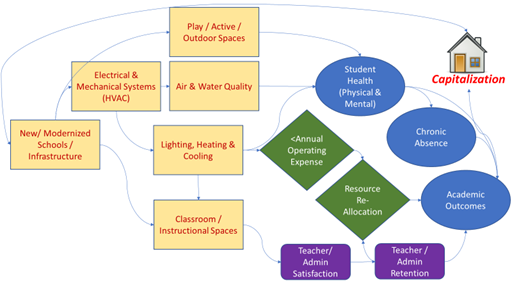Why We Should Teach About the FBI’s War on the Civil Rights Movement
By Ursula Wolfe-Rocca
On March 8, 1971—while Muhammad Ali was fighting Joe Frazier at Madison Square Garden, and as millions sat glued to their TVs watching the bout unfold—a group of peace activists broke into an FBI office in Media, Pennsylvania, and stole every document they could find.
Keith Forsyth, one of the people who broke in, explained on Democracy Now!:
I was spending as much time as I could with organizing against the war, but I had become very frustrated with legal protest. The war was escalating and not de-escalating. And I think what really pushed me over the edge was, shortly after the invasion of Cambodia, there were four students killed at Kent State and two more killed at Jackson State. And that really pushed me over the edge, that it was time to do more than just protest.
Delivered to the press, these documents revealed an FBI conspiracy—known as COINTELPRO—to disrupt and destroy a wide range of protest groups, including the Black Freedom Movement. The break-in, and the government treachery it revealed, is a chapter of our not-so-distant past that all high school students—and all the rest of us—should learn, yet one that history textbooks continue to ignore.

The film “1971” documents the FBI office break-in by anti-war activists, and the discovery of the COINTELPRO papers.
In recent years, current events discussions in my high school history and government classes have been dominated by names that have piled up with sickening frequency: Trayvon Martin, Eric Garner, Michael Brown, Walter Scott, Freddie Gray, Tamir Rice, Sandra Bland. In looking at the Black Lives Matter movement as a response to these injustices, my class came across a 2015 Oregonian article, “Black Lives Matter: Oregon Justice Department Searched Social Media Hashtags.” The article detailed the department’s digital surveillance of people solely on the basis of their use of the #BlackLivesMatter hashtag. My students debated whether tying #BlackLivesMatter to potential threats to police (the premise of the surveillance program) was justifiable. Most thought it was not. But what the Oregonian did not note in the article, and what my students had no way of knowing, was the history of this story—the ugly, often illegal, treatment of Black activists by the U.S. justice system during the COINTELPRO era.
My students had little way of knowing about this story behind the story because mainstream textbooks almost entirely ignore COINTELPRO. Though COINTELPRO offers teachers a trove of opportunities to illustrate key concepts, including the rule of law, civil liberties, social protest, and due process, it is completely absent from my school’s CONTINUE READING: Why We Should Teach About the FBI’s War on the Civil Rights Movement - Zinn Education Project























